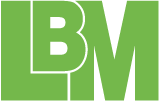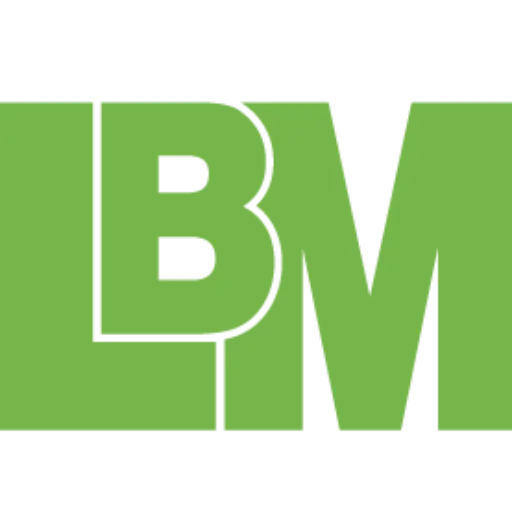- Mon - Fri: 8.30 AM - 5:00 PM
- 26565 Agoura Rd., 200, Calabasas, CA 91302
- 818-884-8075

How Do Leads Work in Insurance? Lead Generation & Follow-Up Explained
How Do Leads Work in Insurance and Why It Matters
How do leads work in insurance? In both the insurance and legal industries, the term “lead” refers to a potential customer or claimant who has expressed interest in a service—typically by submitting their information for a quote or consultation. But understanding this process is crucial for professionals who want to improve their client acquisition strategies, especially in high-demand areas like motor vehicle accidents (MVAs).
What Is a Lead in the Insurance Industry?
A lead in the insurance world is a person who has shown interest in a product—like auto, home, health, or life insurance—and has shared their contact information, giving permission for follow-up.
Leads may come from:
- Online quote forms
- Comparison websites
- Referral programs
- Paid ad campaigns
- Third-party vendors or aggregators
For a lead to be considered qualified, the individual typically needs to meet certain criteria such as location, age, coverage needs, and financial status. In the context of auto insurance and MVA leads, the qualification may include involvement in a recent accident or a need to file or dispute a claim.
Understanding how leads work in insurance means knowing the difference between a general inquiry and a real opportunity.
How Insurance Companies Generate Leads
Insurance companies use a mix of marketing methods to generate leads—many of which mirror tactics used in legal lead generation. The goal is to attract people who are actively shopping for coverage or need help after an accident.
Common lead sources include:
- Search Engine Optimization (SEO) – targeting searches like “best car insurance”
- Paid Ads – Google Ads, Facebook Ads, and retargeting
- Lead Aggregators – platforms like EverQuote or QuoteWizard
- Inbound Calls – triggered by radio ads or click-to-call features
- Referrals – driven by word-of-mouth or incentive-based programs
These strategies help insurers create a pipeline of prospects. But the real value comes in how quickly and effectively those leads are handled.
What Happens After a Lead Is Captured?
Once a lead is captured, the insurance company or agency needs to act quickly. How leads work in insurance depends heavily on speed and precision in follow-up.
Typical lead handling steps:
- Lead Routing: Sent to the right agent by territory or specialization
- CRM Entry: Information is logged into a system for tracking
- Initial Contact: Call, email, or SMS outreach within minutes
- Qualification Call: Confirm intent and assess coverage needs
- Proposal and Closing: Provide quote and guide them to policy activation
Automation, including AI chat and email workflows, is often used to streamline this process and increase conversion rates.
Exclusive vs. Shared Leads in Insurance
One of the most important parts of how leads work in insurance is the distinction between exclusive and shared leads.
Exclusive Leads:
- Sold to one agent only
- Higher cost
- Better conversion rates
- Less competition
Shared Leads:
- Sold to multiple agents
- Lower cost
- Requires rapid follow-up to beat the competition
- May lead to duplicate contact attempts
Just like in personal injury marketing, the speed of your response is everything. Agents and attorneys who contact leads within minutes significantly increase conversion rates.
How Leads Work in Insurance to Improve Conversion and Client Acquisition
Understanding how leads work in insurance is crucial for anyone in the insurance or legal fields, especially those handling personal injury or MVA claims. Leads are more than just names—they’re opportunities. By investing in lead generation strategies, automating follow-up, and qualifying prospects correctly, insurance agents and attorneys can build stronger pipelines and increase revenue.
Whether you’re managing exclusive leads or navigating the shared lead market, the success of your business often depends on how efficiently you convert interest into action. Aligning intake systems with proven insurance lead workflows ensures faster response times, better communication, and higher conversion rates.
Improve Your MVA Lead Conversion with Proven Insurance Lead Strategies
At Legal Brand Marketing, we understand how leads work in insurance—and how to help law firms and personal injury professionals turn those leads into real clients.
We help you:
- Access high-intent, real-time MVA leads
- Streamline your intake and CRM workflow
- Increase conversion rates and profitability
Ready to improve your results? Contact us to learn how better leads can help your practice grow.
Frequently Asked Questions (FAQs)
1. What is the difference between a warm lead and a qualified insurance lead?
A warm lead has shown some interest, like clicking an ad or requesting info. A qualified lead meets specific criteria—such as location, intent, and product fit—and is ready for direct outreach.
2. Can insurance leads be returned if they don’t qualify?
This depends on the lead provider’s policy. Many lead vendors allow returns for disconnected numbers, duplicates, or unqualified leads—but always check terms before buying.
3.Do law firms and insurance agents use the same lead generation strategies?
They often use similar tactics, such as paid ads and SEO, but the messaging and targeting vary. Both industries benefit from fast follow-up and strong CRM systems.
4. What CRM tools are best for handling insurance leads?
Popular CRM tools include Salesforce, Zoho, HubSpot, and industry-specific platforms like AgencyBloc or Blitz. They help track follow-ups, assign leads, and automate outreach.
5. How long should you follow up with a lead?
Experts recommend a 7-touch follow-up sequence over 10–14 days, using a mix of calls, emails, and texts. Persistence increases your chance of converting even cold leads.
Key Takeaways
- Insurance leads are people who’ve shown interest in coverage or claims—often triggered by life events like accidents.
- Lead generation sources include paid ads, referrals, SEO, and aggregators.
- Speed is critical—responding within minutes can drastically improve conversion rates.
- Exclusive vs. shared leads both have value, but require different strategies.
- Legal and insurance industries overlap, especially in personal injury cases, making shared knowledge essential.




